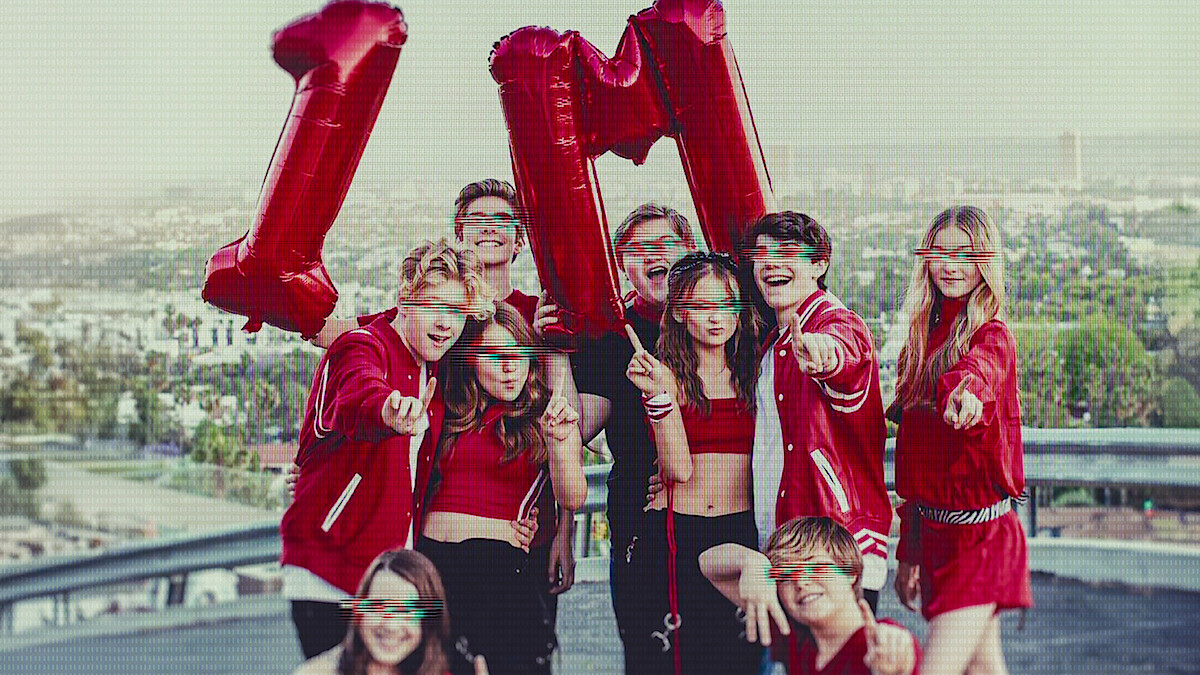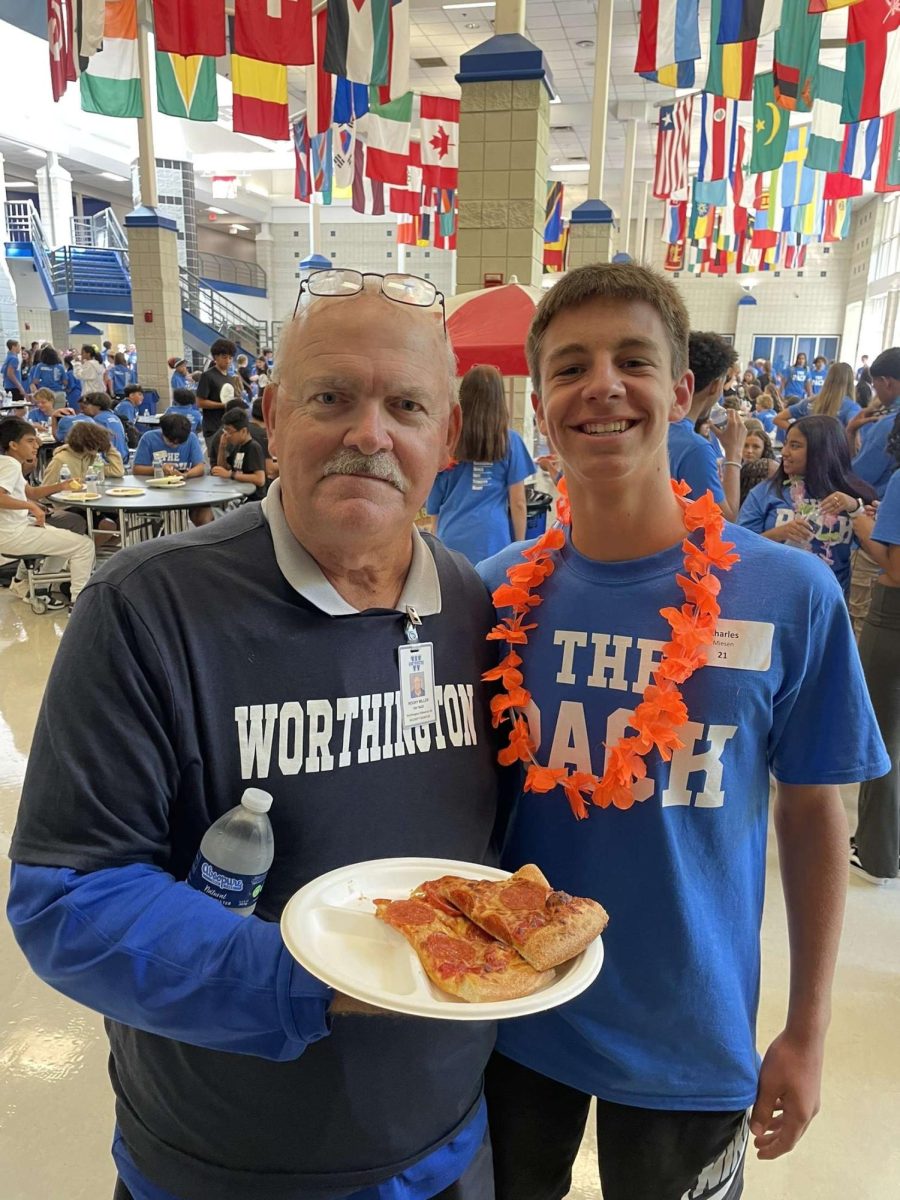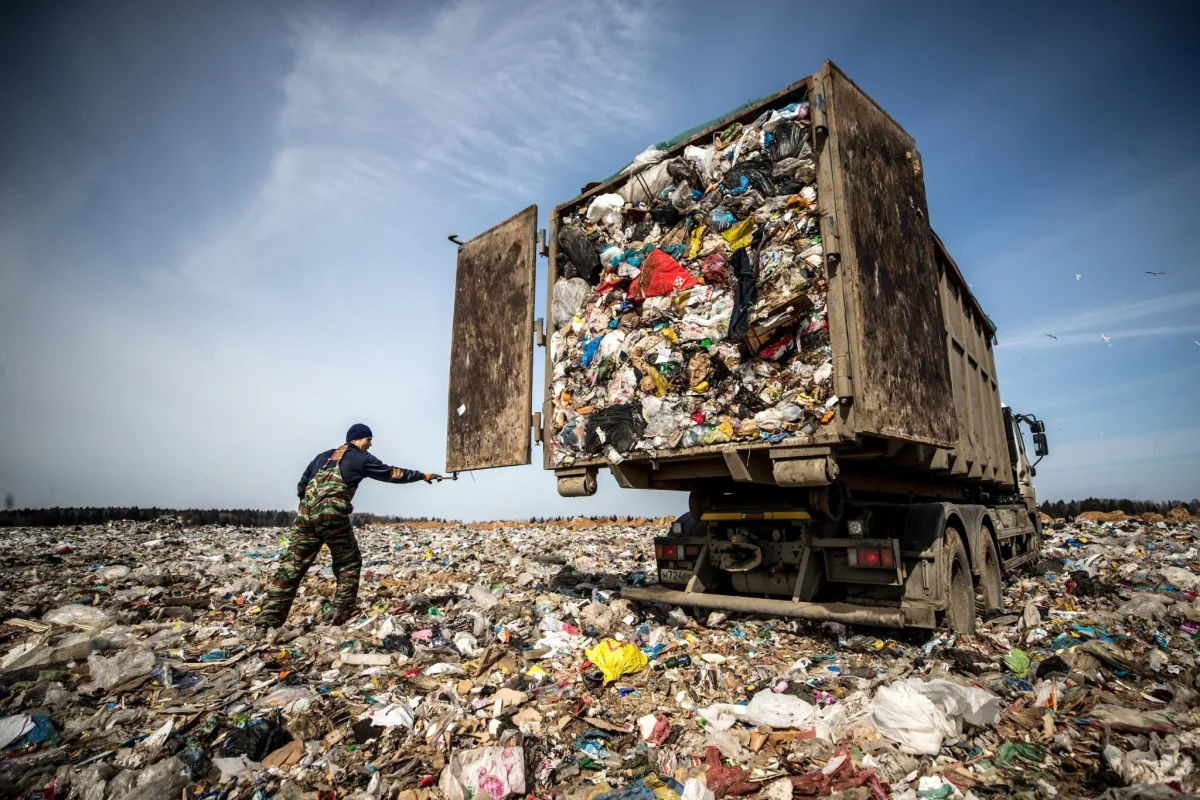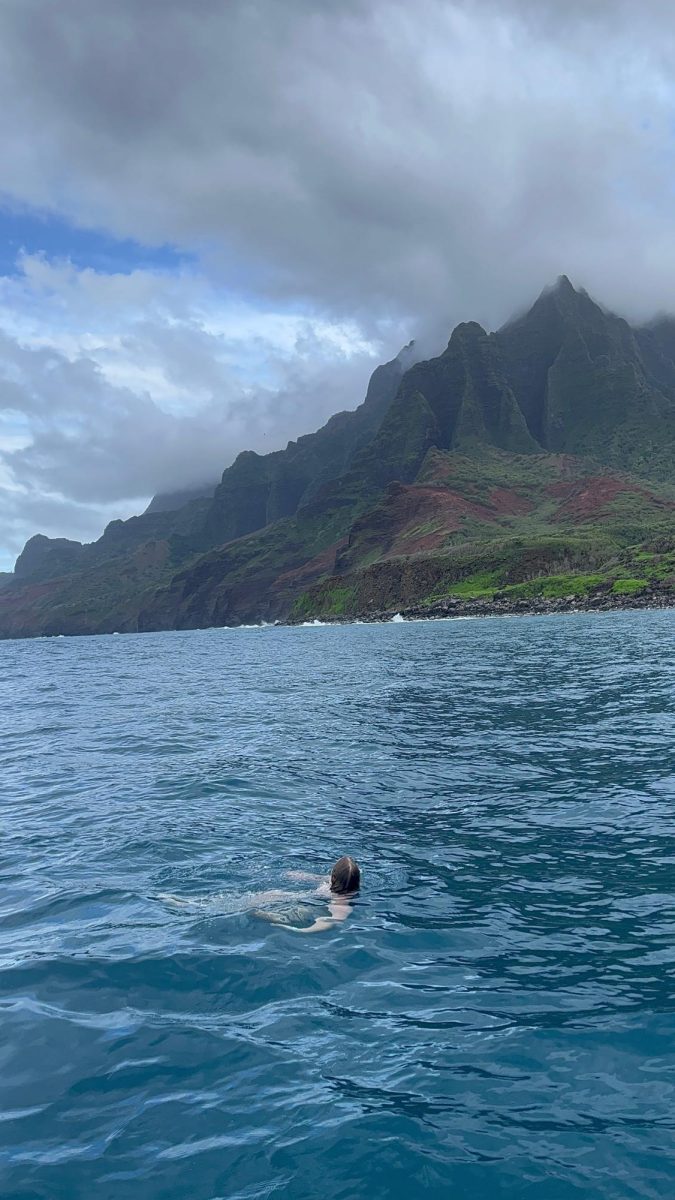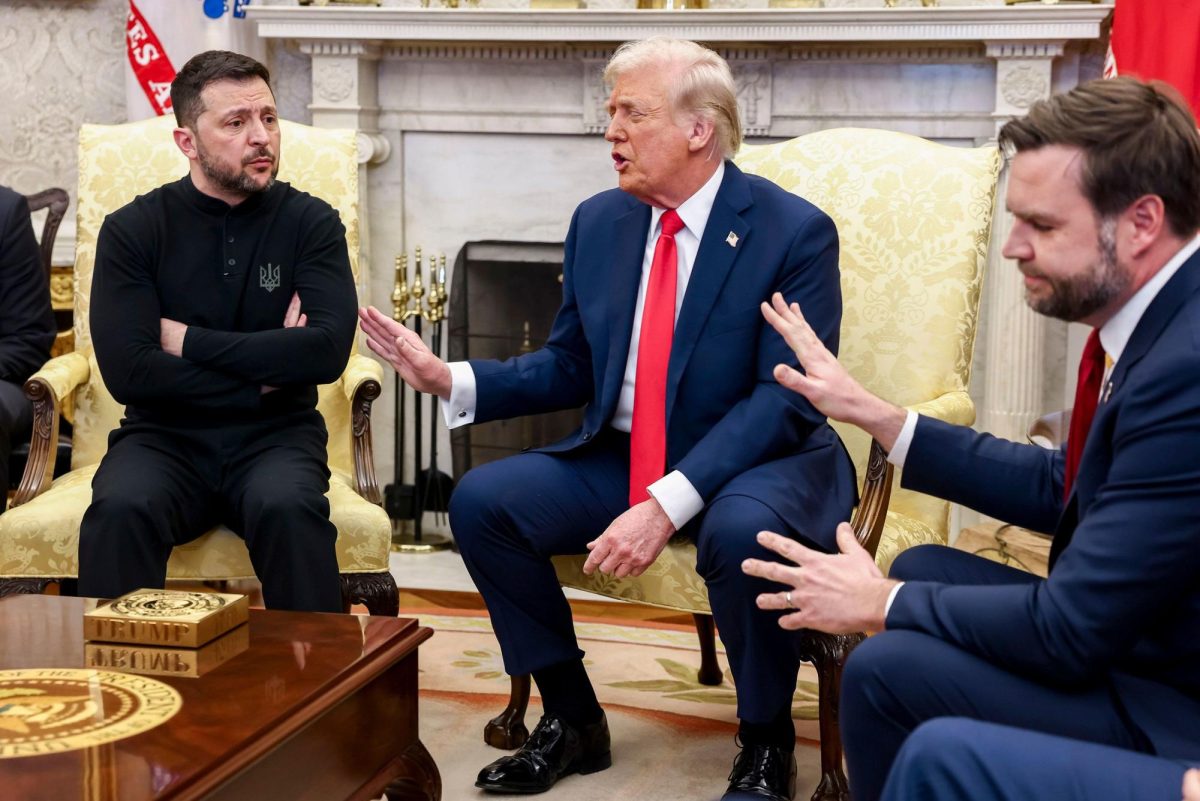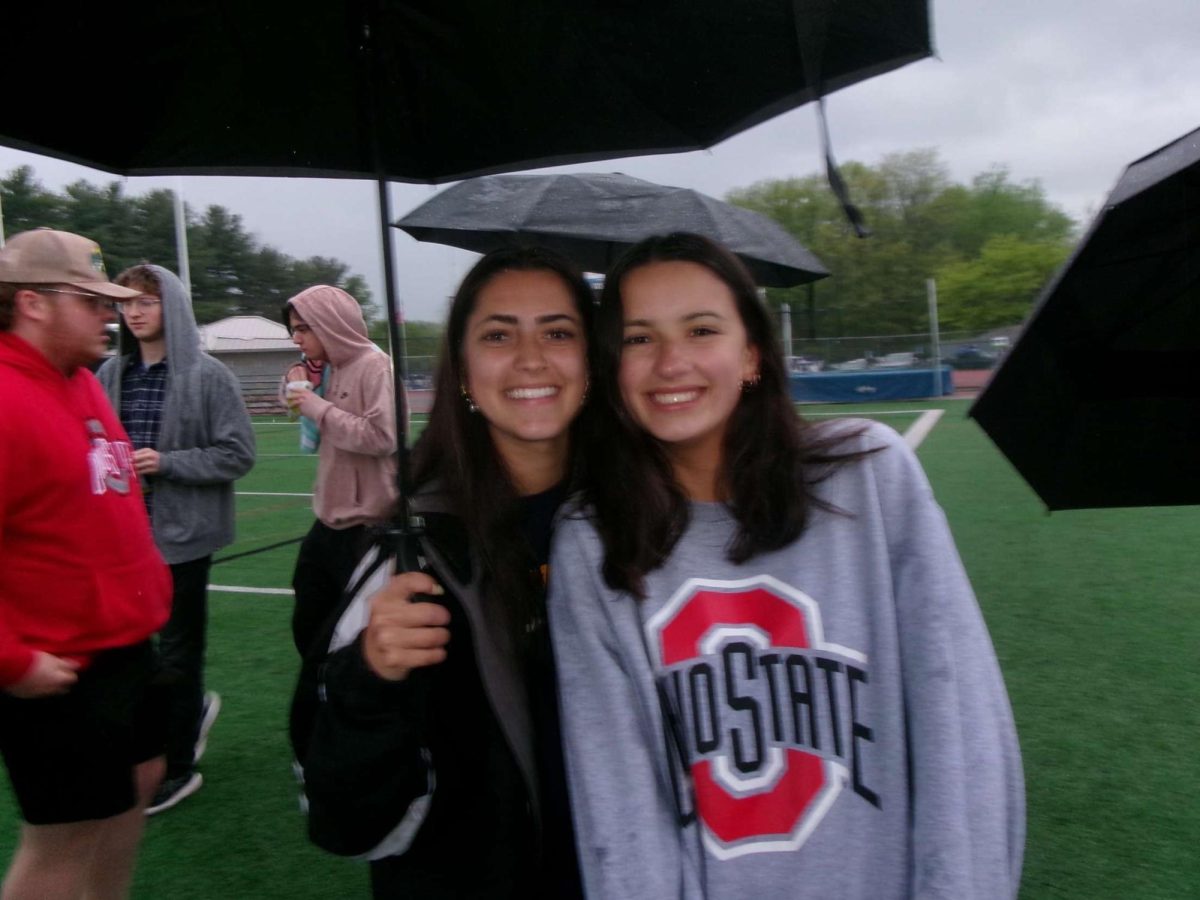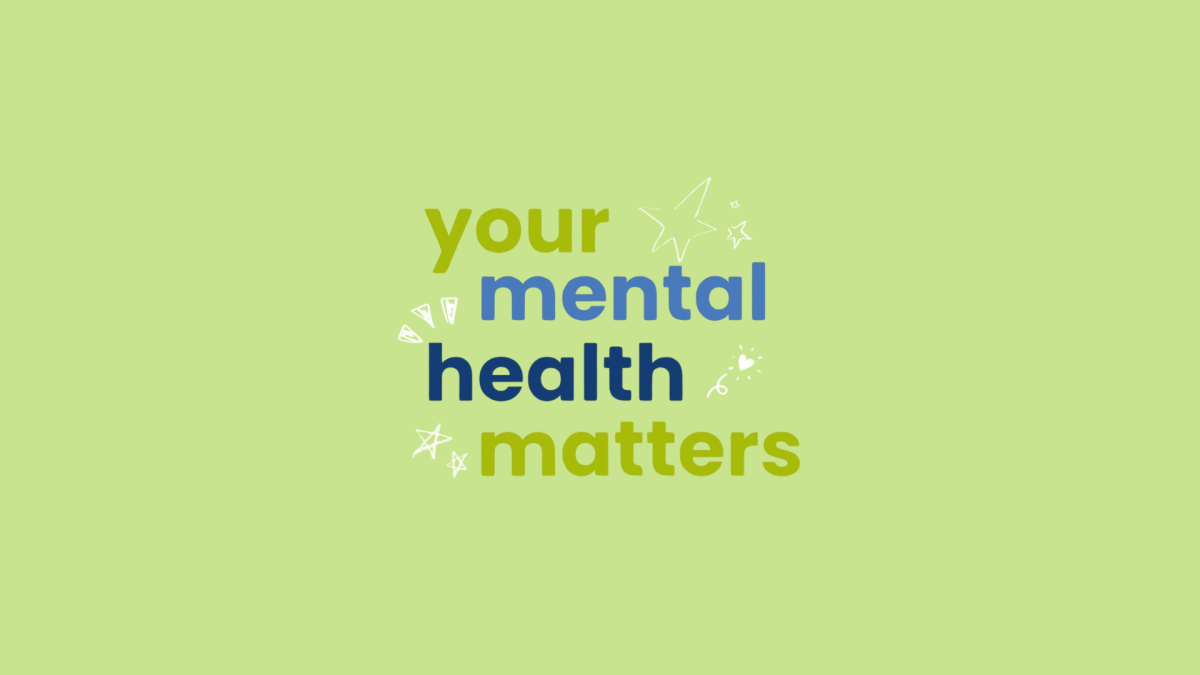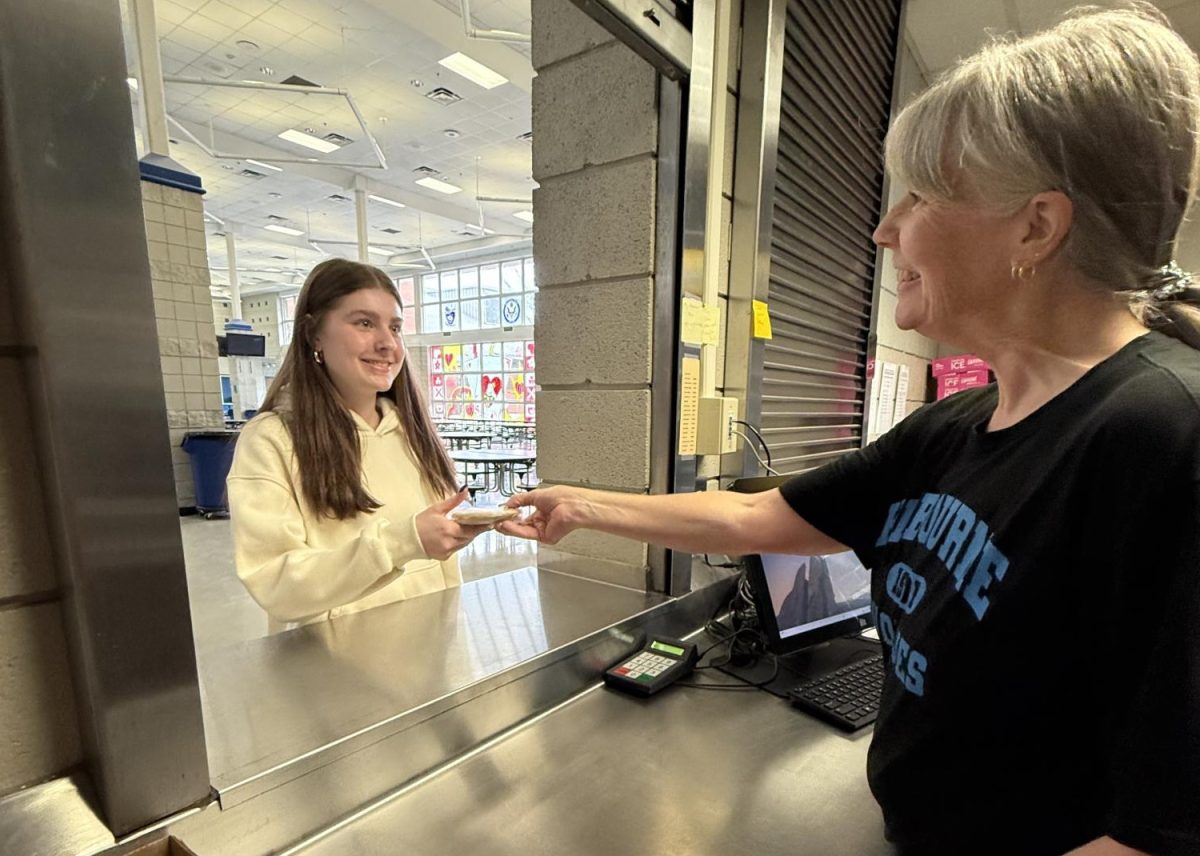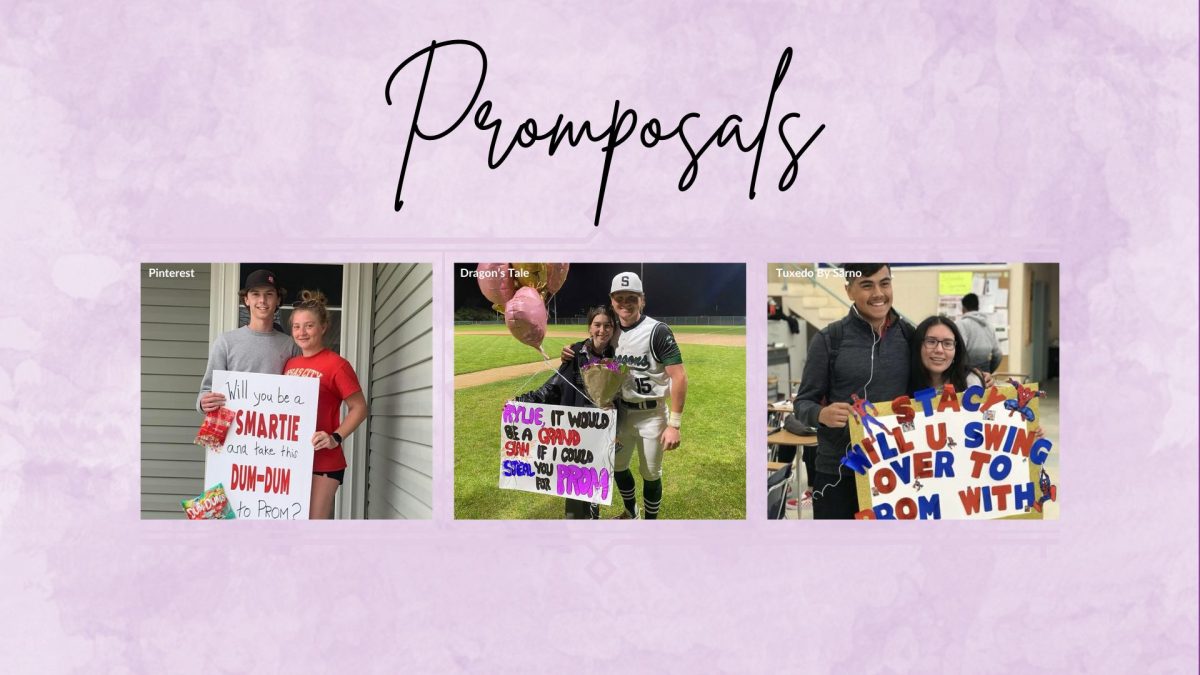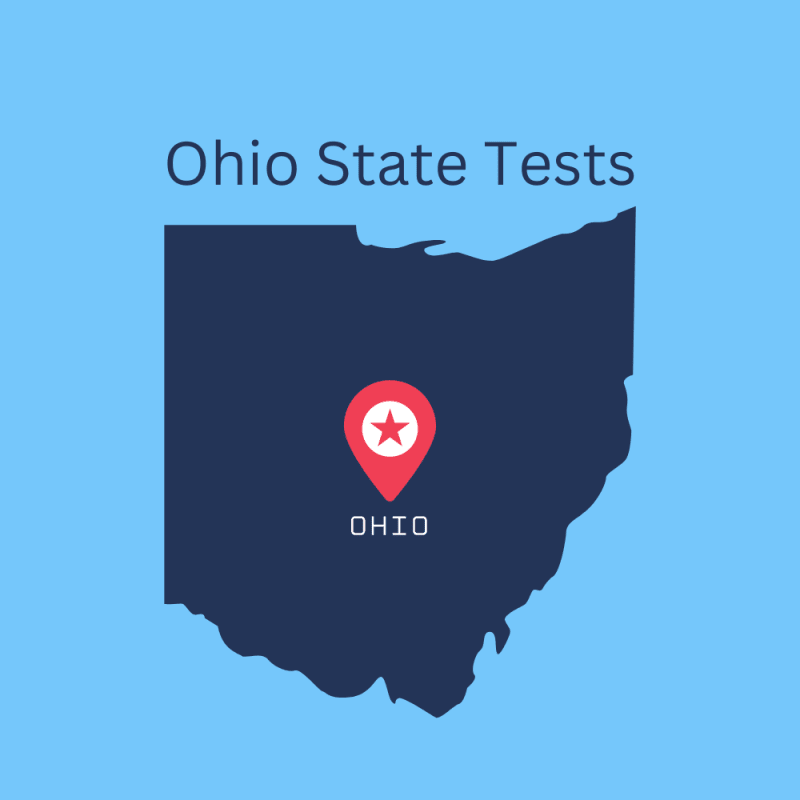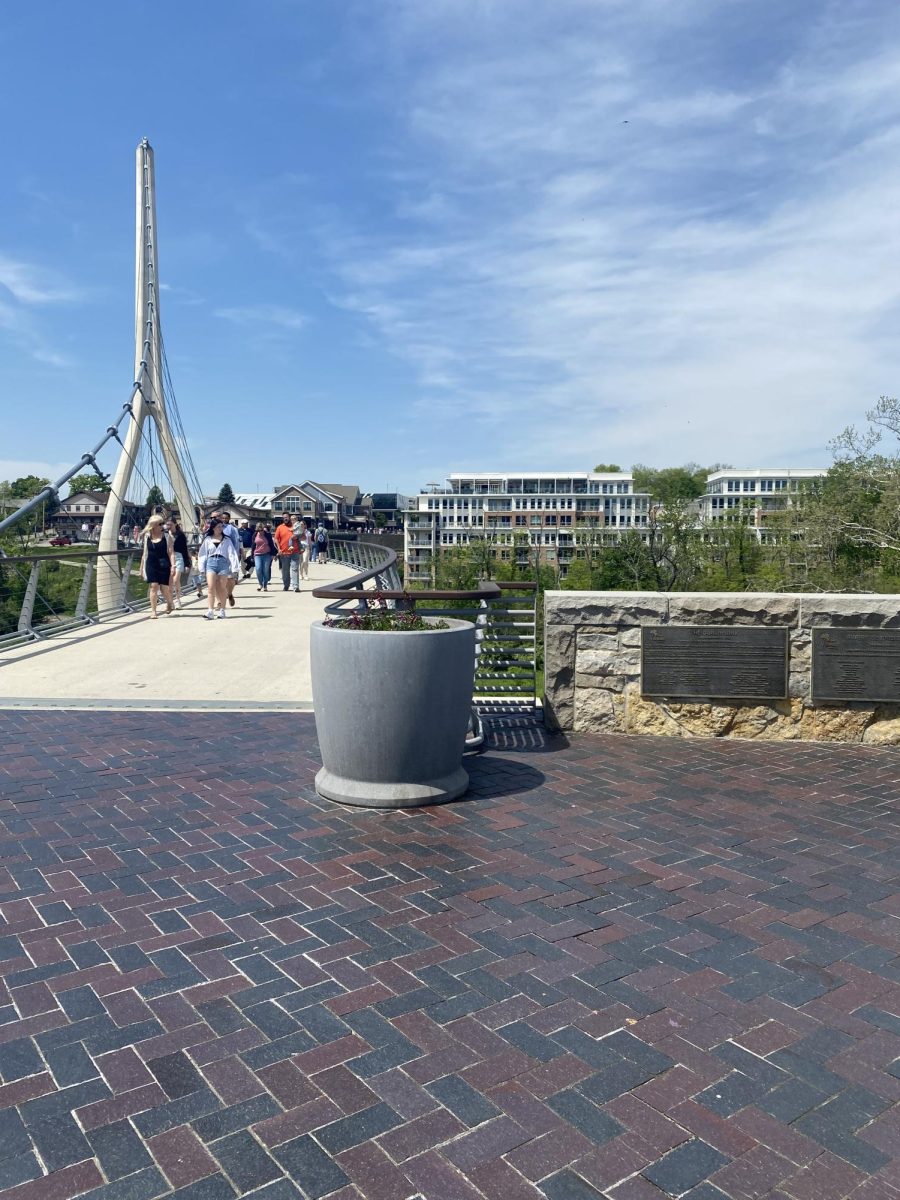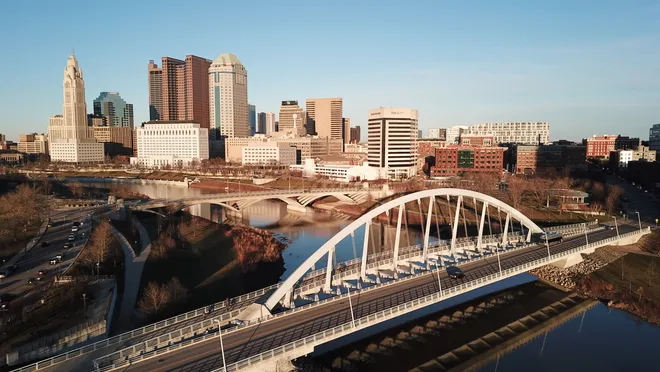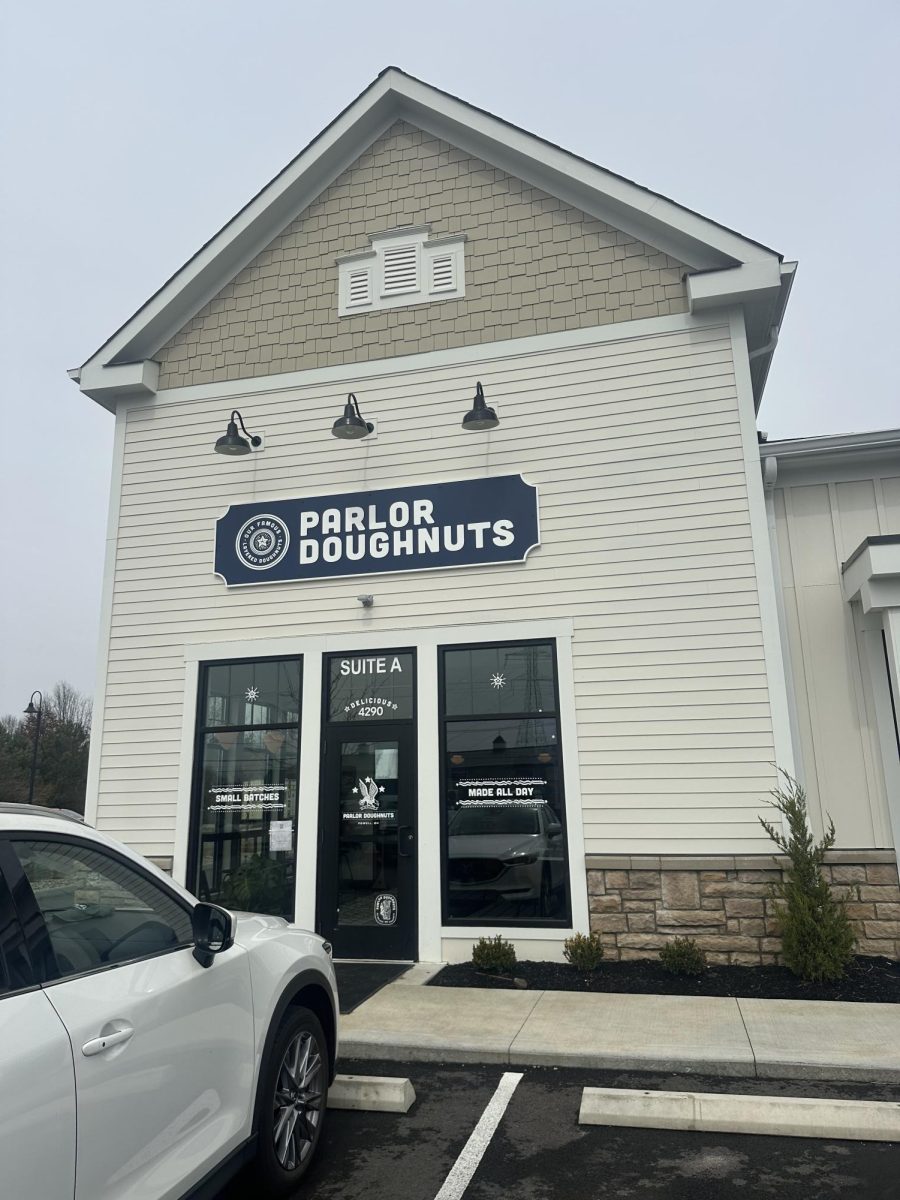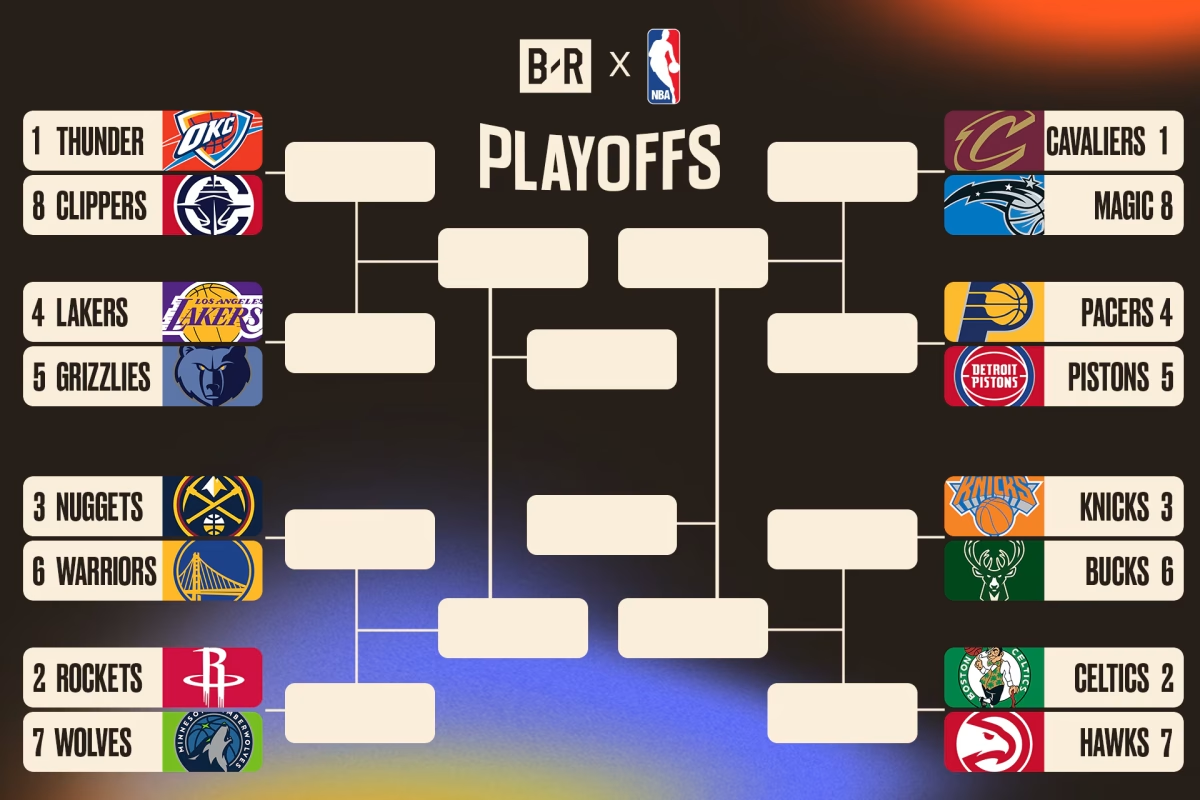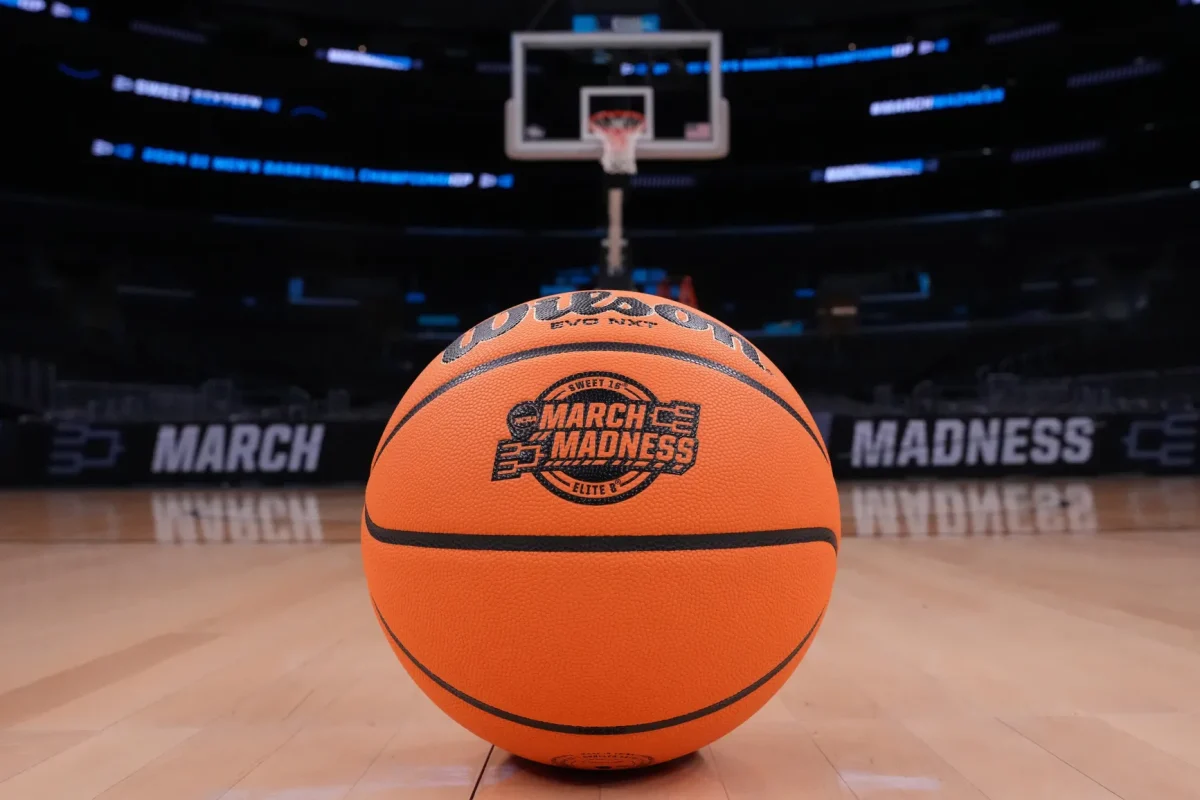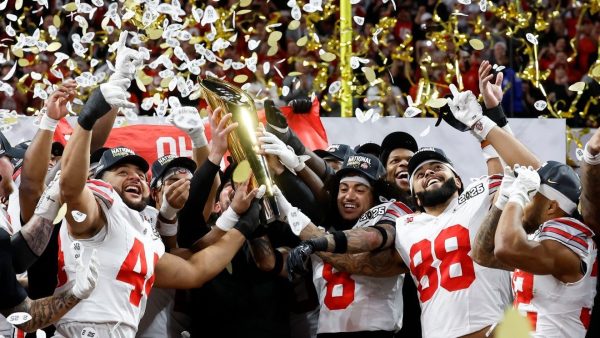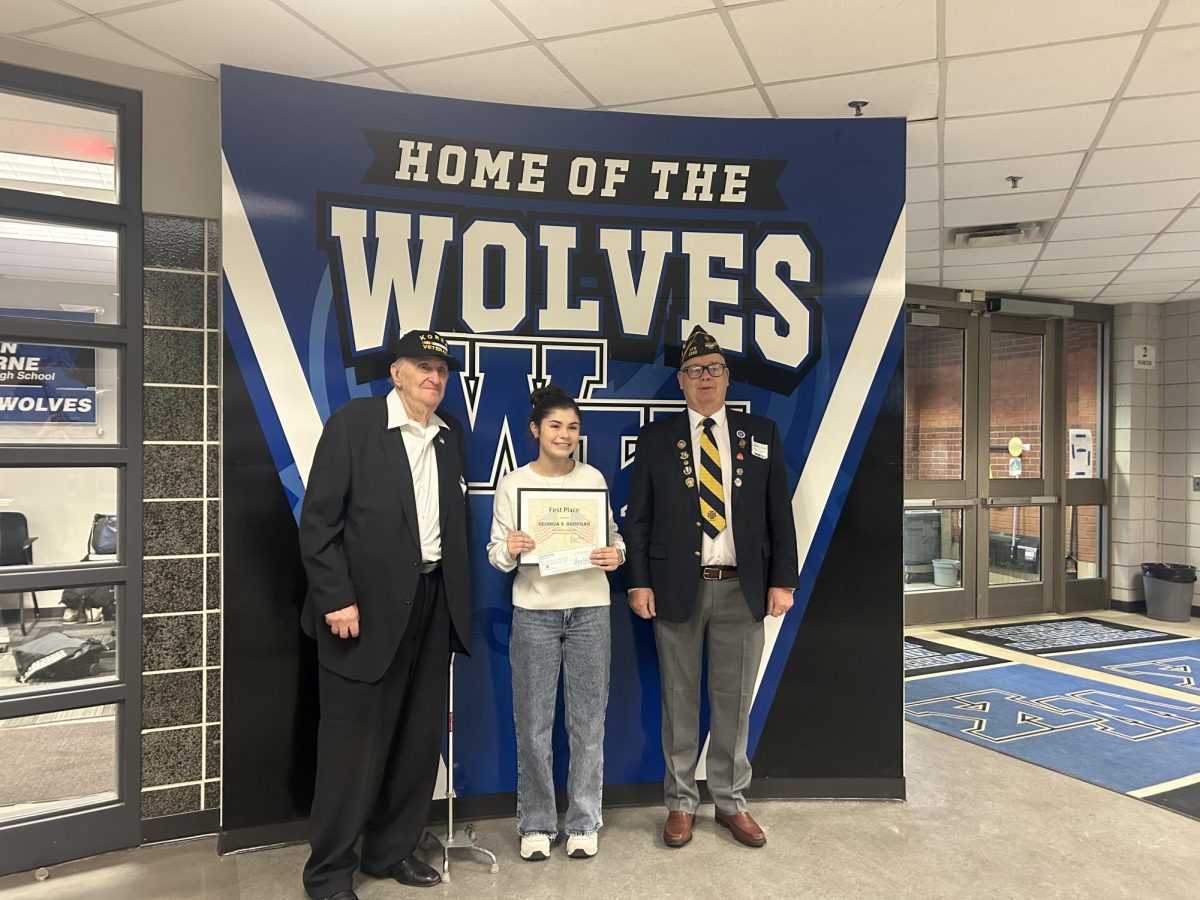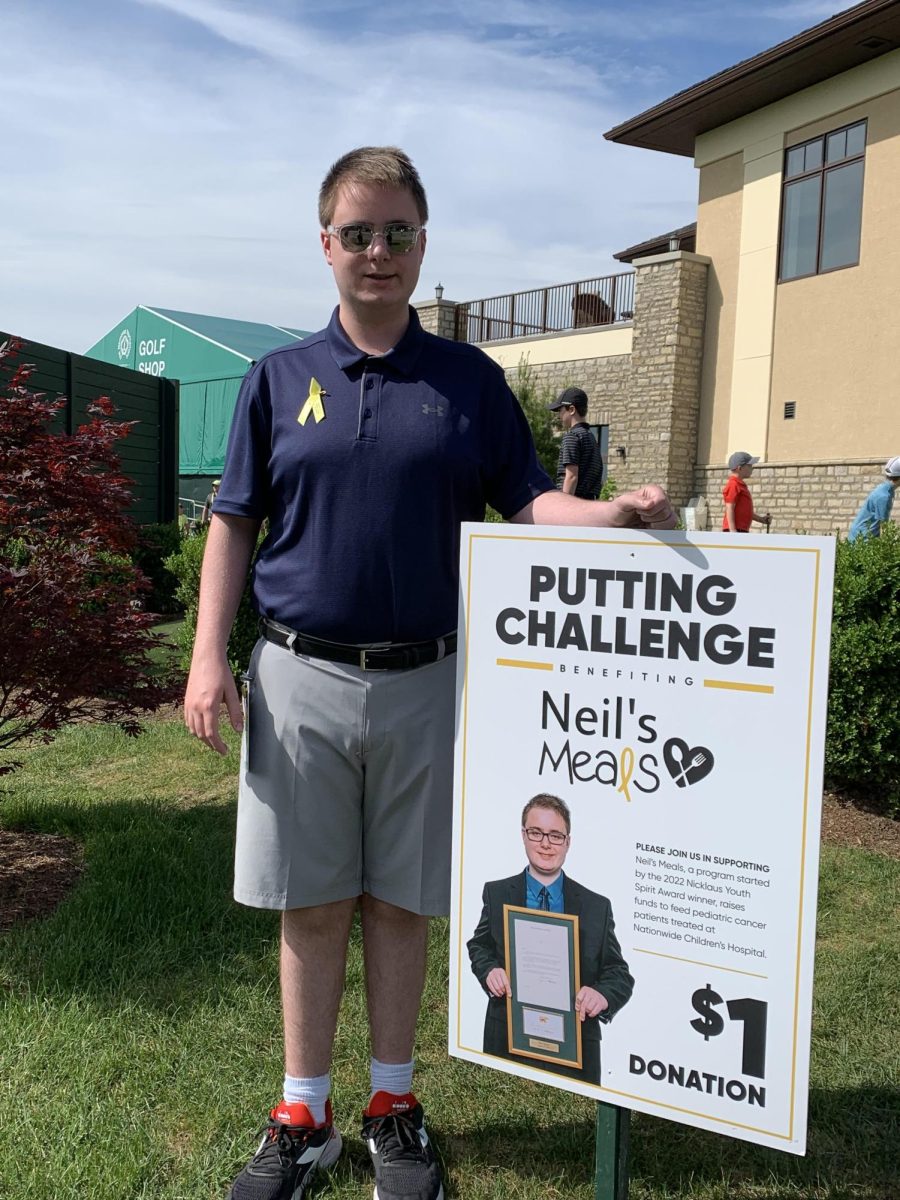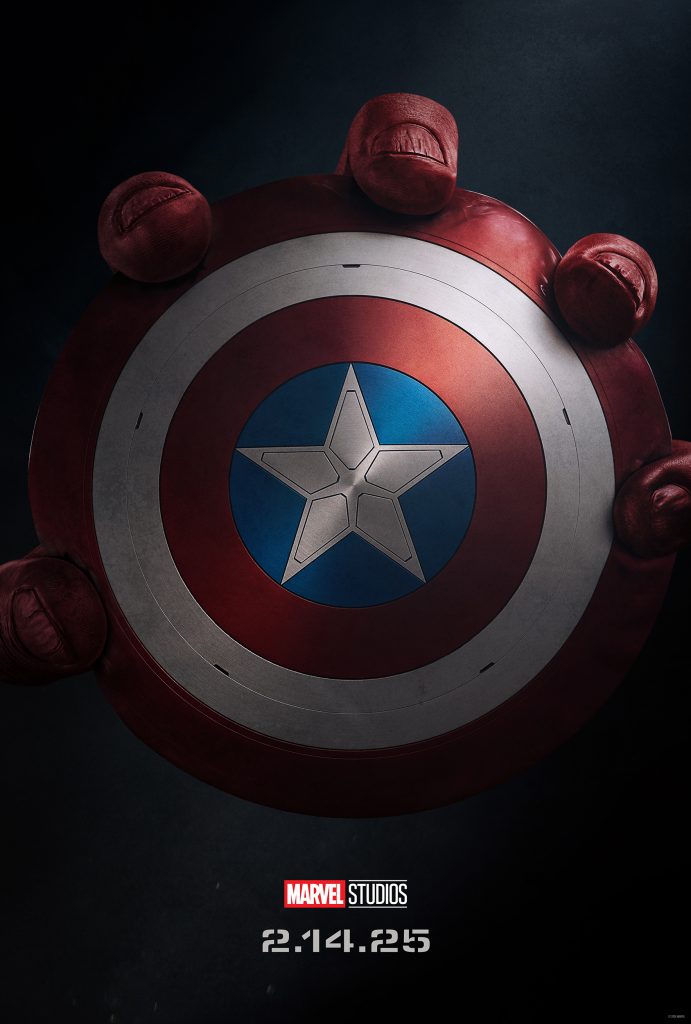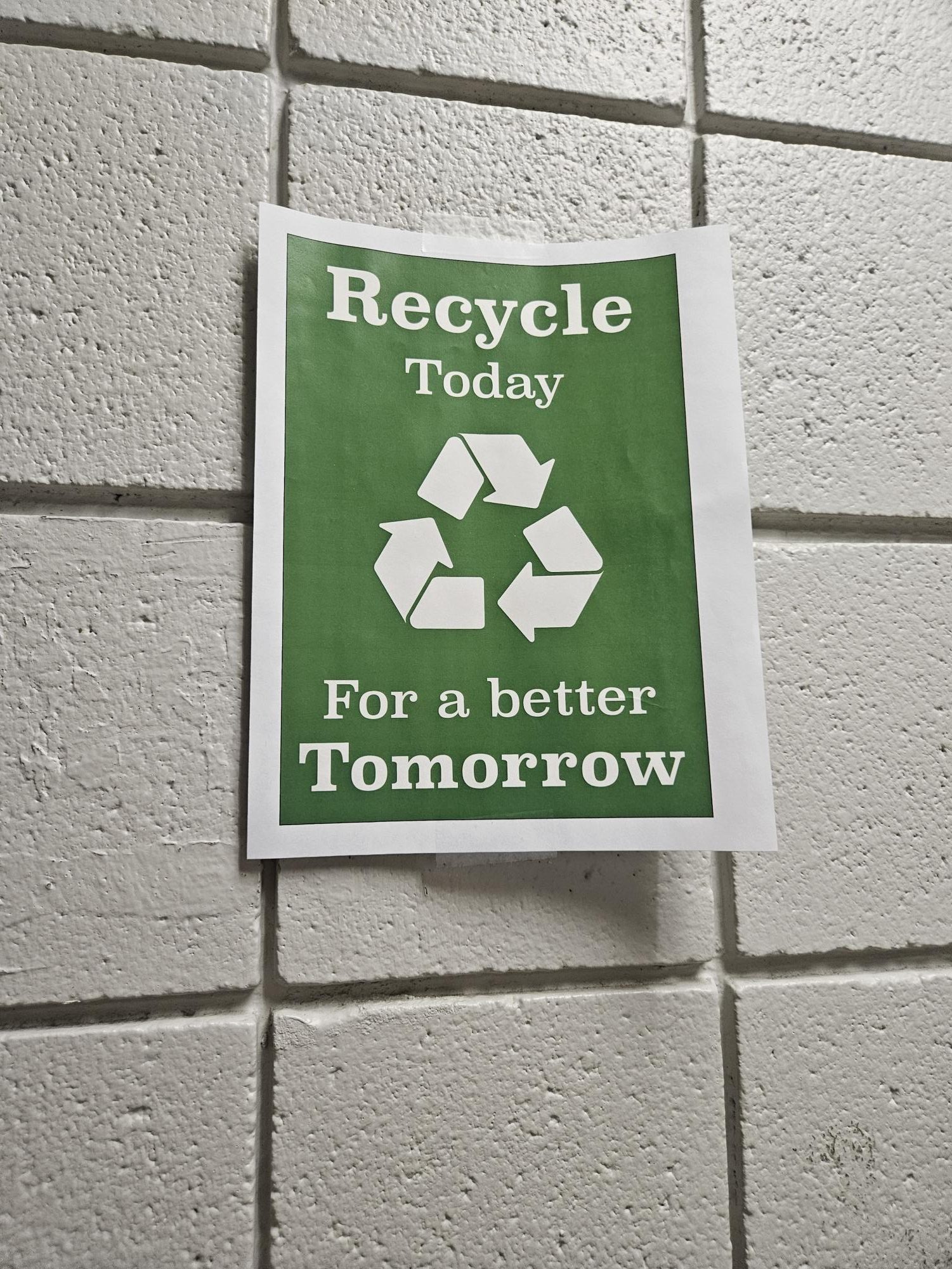In elementary school, what you had for lunch was a big deal. You had to make sure you put your stick in the right place, or put your magnet in the right category. Most kids would buy; it was more convenient. Parents would not have to worry about their kid not eating when they could just put money in an account. Kids then do not have to worry about getting up early to make their lunch, or staying up late to make it the night before. However, buying school lunches can be extremely wasteful of food, disposable silverware, and packaging products. Preparing your own lunch is the preferable option.

Part of the appeal of buying lunch is the convenience; it comes already prepared and packaged for the buyer. They pick up their meal, their utensils, pay, and enjoy their meal. However, once they’re finished, everything will be thrown away. The plate/tray, the utensils, regardless of whether they were used or not, any food, eaten or not, and the packaging of the food and the utensils.
The more widely known issue is food waste, and schools can contribute a significant amount to global food waste.
School lunches have a notorious reputation for being made up of poor quality food. While this may not necessarily be true, it is impossible for cafeterias to please everyone purchasing meals. So, if a student is served something they do not like, or simply are not interested in eating, it will end up in the trash. The World Wide Fund for Nature (WWF) conducted their own study and found that “participating schools on average produced approximately 39.2 pounds of food waste and 19.4 cartons of milk waste per student per
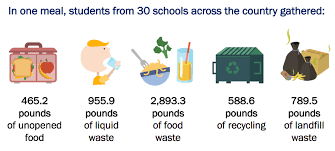
Source: National Consumers League
year.” For a school as large as Kilbourne, that would be roughly 50,960 pounds of food and 25,220 cartons of milk a year being wasted and thrown out. While this statistic is shocking, it pales in comparison to a piece of data provided by the U.S Environmental Protection Agency (EPA), which says “approximately one-third of all food produced for human consumption is lost or wasted” globally. Packing lunches can combat the huge amounts of food waste by allowing people to choose what they actually want to eat. The packer picks the main course, the sides, and the drink, while also choosing appropriate portions. They are able to choose if they want more of one item and less of another, making them more likely to finish their food instead of wasting it. They may also enjoy it more because they are catering to their wants and needs as opposed to having to work around whatever the cafeteria gives them.
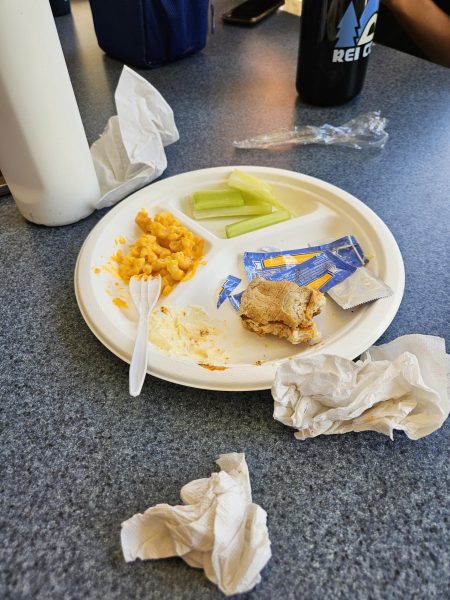
The perhaps overlooked part of school lunch waste is the silverware that is disposed of. At Kilbourne, meals are served from either a styrofoam plate or a cardboard tray. Styrofoam is never recyclable, so any time the school passes out the styrofoam plates, hundreds are going to be thrown away after being used for about half an hour. The cardboard trays will decompose after about two months, but they are only used for serving pizza, burgers, and the occasional chicken sandwich. Swapping out styrofoam plates with more cardboard trays will reduce the long lasting impact school-served meals have on the environment. However, the plastic utensils cannot be so easily replaced. Everything in the stereotypical silverware package is made from plastic (forks, spoons, straws) and then are wrapped up in plastic. The
National Library of Medicine (NLM) says that “nearly half (~42%) of MSW
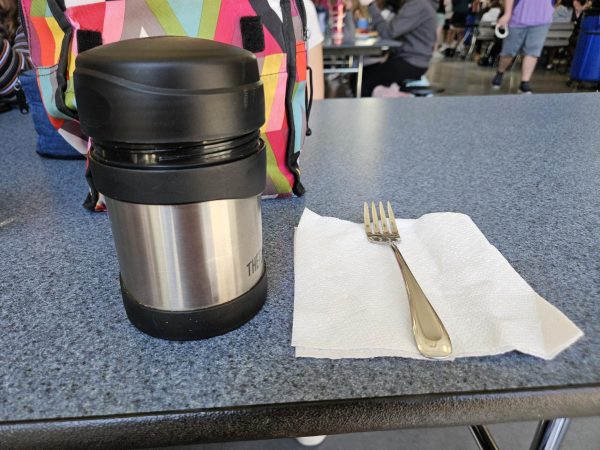
(municipal solid waste) from the U.S. school setting is food packaging waste generated by school foodservice.” If students pack their own lunches, they can bring reusable silverware from home. The school will only have the prepackaged
plastic silverware for if a student were to perhaps forget their silverware. Then, the school will save money and help the environment.
Even if schools are not interested in saving the planet, there are several other pluses to packing lunches besides being environmentally friendly. It is significantly cheaper for the schools when they do not have to spend so much money on food service and its related industries. WWF found that “f schools across the country . . . reduce food waste by a mere 3%, it could deliver a potential savings of $52M per year,” which could then be invested into other school programs or into other government aid associations. There are also humanitarian benefits; the EPA predicts that “by eliminating food loss and wasted food we would have enough food to feed all the chronically undernourished.”
By packing your lunch, you control your portions and make sure food does not go to waste. Any food you do not open can be donated and given to those in need. It also reduces plastic waste and keeps unnecessary packaging out of landfills. Be considerate of the environment, and start packing your lunch whenever you can.
https://www.epa.gov/sustainable-management-food/sustainable-management-food-basics
https://www.worldwildlife.org/press-releases/plate-waste-in-us-cafeterias-could-total-530-000-tons-per-year
https://www.ncbi.nlm.nih.gov/pmc/articles/PMC9101714/

